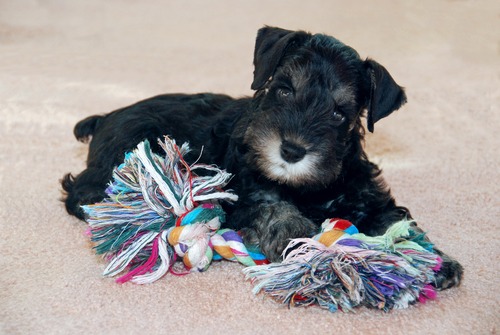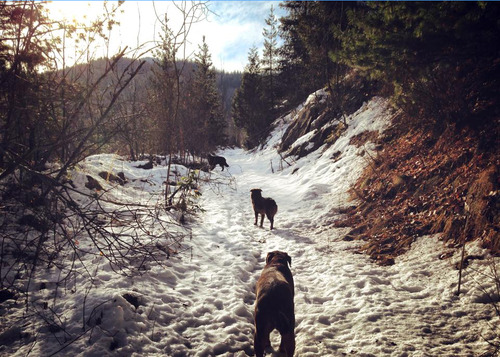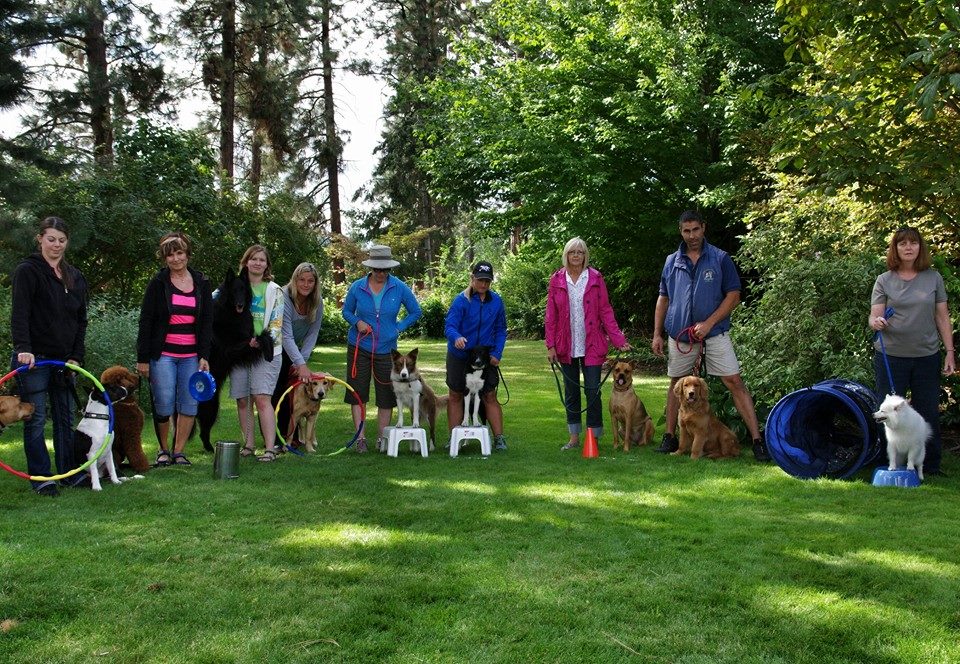
Training Drop It
Training Drop it By Sarah Fulcher, CDBC There are three ways I will commonly use to teach dogs to drop items. I don’t often use a clicker because my hands are full but will usually use a verbal “yes” marker at least. You can use a clicker or a verbal,…

The Enlightened Dog Trainer
The Enlightened Dog Trainer By Sarah Fulcher, CDBC The enlightened dog trainer makes training fun. Instead of drudgery it becomes a game. They are connected, in tune, and invested in their canine partner. They are engaging, dynamic, using praise, movement, play, and other rewards to build desired behaviours. They know…

Shaping Success
Shaping Success By Sarah Fulcher, CDBC Free shape—or not? Free shaping is a type of animal training where you teach the behaviours in gradual steps using a marker, like a clicker, and rewards. Shaping can be a great way to teach some difficult behaviours, expand your animal’s capabilities, exercise your…
